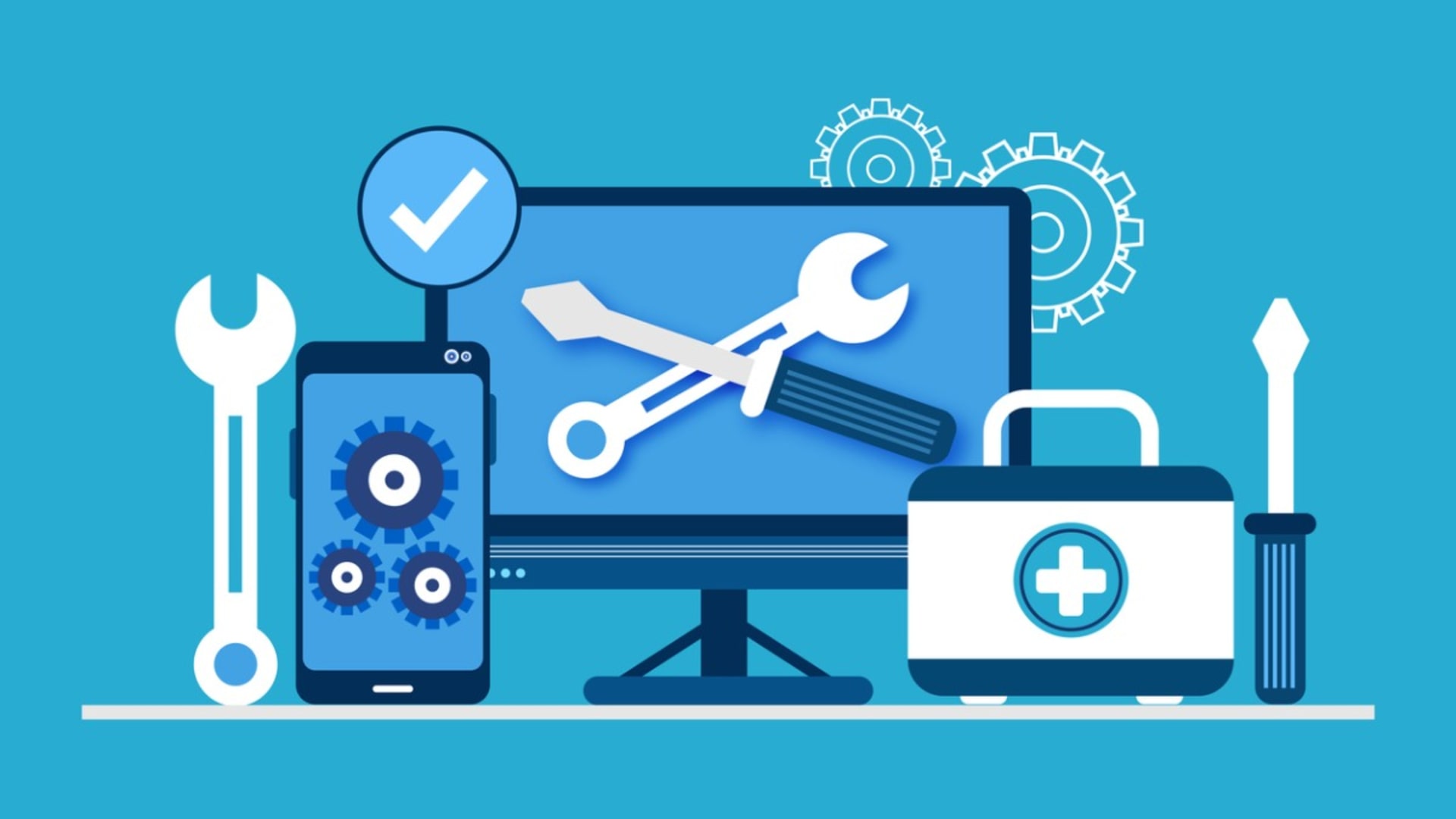For businesses of all sizes—from startups to large enterprises—Agile development is the dominant approach. The vast majority of organizations engaged in software development or technology production of any kind rely on the philosophy, recognizing that it conceptualizes the software development life cycle in a revolutionary way.
In fact, when Agile was originally released, it was created in response to problems with the status quo at the time. Prior to Agile, Waterfall was the dominant approach, and many developers and professionals in the industry believed it was fraught with issues, including quality concerns. Now you would be hard-pressed to find a team in the technology sector that doesn’t believe Agile is the gold standard.
There are various strategies employed to maximize the effectiveness of Agile practices in software development environments. Here, we explore some of the universally recognized best practices that have been instrumental in successful software delivery across numerous organizations and teams.
Adherence to the Agile Manifesto: The Agile Manifesto, with its outlined values and principles, is a foundational document that guides the iterative and customer-focused approach of Agile development. The foremost priority set by the manifesto is the continuous delivery of valuable software to satisfy customer needs.
Cultivating a Growth Mindset: A flexible and growth-oriented mindset is crucial. Teams committed to constant learning, innovation, and improvement are more adept at navigating the rapid changes synonymous with Agile projects.
Welcoming and Adapting to Change: Agile teams thrive on change, viewing it as an opportunity rather than an obstacle. This perspective prioritizes delivering customer value over adhering to fixed plans or set-in-stone commitments.
Implementing Regular Sprints: Typically, Agile teams work in sprints lasting around two weeks, at the end of which they deliver usable software features. This approach allows for regular client feedback and adaptive planning.
Promoting Daily Collaboration: Daily stand-ups encourage team members to share progress, identify blockers, and offer mutual support. This continual communication is vital to the team’s effectiveness and cohesion.
Incremental Feature Addition: Agile development emphasizes the continual expansion of product functionality, with new features enhancing previously delivered work. This incremental progress allows for ongoing verification and adjustment.
Customizing Scrum Ceremonies: Each team, based on its unique needs, adapts the frequency and nature of Scrum ceremonies while maintaining adherence to core Agile principles.
Conducting Effective Standup Meetings and Reviews: Brief daily meetings keep everyone updated, while regular sprint reviews, where working software is demonstrated, allow for tangible assessment and feedback collection.
Regular Retrospectives: Teams analyze their performance and strategize improvements in frequent retrospective meetings, ensuring that every team member’s voice is heard and valued.
Ongoing Backlog Refinement: A vital part of Agile practice is maintaining a well-organized backlog through regular grooming sessions, ensuring that priority features are clear and ready for development.
Thorough Sprint Planning: Effective sprint beginnings involve meticulous planning, adjusting goals based on the project’s evolving status.
Relative Estimation: Teams often use methods like Planning Poker, utilizing a relative estimation technique, often with the Fibonacci sequence, to allocate story points to tasks based on comparison rather than time allocation.
In Agile environments, the role of the Scrum Master is pivotal. They act as servant leaders, providing the team with the necessary tools and support, ensuring continuous improvement, and fostering an environment where everyone’s contributions are recognized and valued. This approach not only enhances productivity but also promotes a positive and collaborative team culture.
What is Agile in Nearshore Software Development?
Agile is not referred to as a methodology—instead, it is considered a mindset and a philosophy. This is a way of approaching software development based on the central principle of continuous improvement.
It is based on 12 principles, as outlined in the Agile Manifesto:
1. Customer satisfaction is the highest priority, which can be achieved through the continuous delivery of valuable software.
2. Changing requirements are always welcome, even in the late stages of development.
3. Delivery of working software should be frequent, with a preference for a bi-weekly time frame.
4. Software engineers have to work with executives and stakeholders throughout development.
5. Developers need all the support and motivation to get the job done.
6. Team conversations and discussions should mostly be face-to-face.
7. Working software is the primary measure of progress.
8. Development should be sustainable (i.e., have a constant pace)
9. Agility is enhanced through technical excellence and sound design.
10. Simplicity is essential.
11. Self-organizing teams provide the best architectures, requirements, and designs.
12. The team should reflect on their work at regular intervals as to come up with improvements to the way they do things.
Agile teams are tasked with keeping these principles in mind during the entire software development life cycle, while also focusing on the Agile values.
What is an Agile Methodology?
If Agile isn’t a methodology, what exactly is an Agile development methodology? There are, in fact, many different methodologies that follow Agile principles during the development cycle. While the approaches vary, they all embrace the overarching philosophy.
Scrum is one well-known Agile methodology. It is by far the most popular approach of its kind—so much so, that it is sometimes erroneously used as a synonym for Agile itself.
Other Agile methodologies include:
- Adaptive Project Framework (APF)
- Extreme Programming (XP)
- Learn
- Kanban
Benefits of Nearshore Agile Teams for Software Projects
Outsourcing itself offers plenty of benefits to organizations, including reduced costs, faster time to market, greater efficiency, and an ability to focus on your core business. But why is nearshore Agile software development the best approach?
There are numerous benefits associated with employing Agile. And as a client, you will reap the rewards. For example, you will always be kept abreast of the status of your project and have the opportunity to deliver frequent feedback. There will never be any doubt in your mind that the development team is working to align their work with your goals. And you will see outcomes more quickly—high-quality ones at that.
Teams and other stakeholders see plenty of benefits, too, such as:
- Stronger collaboration and communication
- More flexibility and adaptability
- Lower possibility of scope creep
- Reduced risk
- Greater transparency
Of course, customer satisfaction is the ultimate goal, and the Agile process is conducive to this outcome—in fact, it is central to the entire philosophy.
The 6 Steps in an Agile Software Development Life Cycle
#1 Concept/Ideation
The first step in the Agile development cycle is creating the concept of your product. This is essentially the brainstorming phase when you will hammer out and fully envision your idea. It’s also the stage when you will prioritize various ideas and determine their feasibility, as well as the scope of the project.
#2 Requirements Gathering/Project Mapping
Also called inception, at this point, you will determine the requirements for your product and map out the project. You will create an outline, identify the resources and materials you need, and put together a team to achieve your goals.
#3 Development/Construction
This is in many ways the meat of the Agile development process. Here, you will build the actual product. The developers will work with other team members, including the QA testers and the UX designers, to build quality software. Stakeholders will be able to deliver feedback after brief development cycles.
#4 Testing/Production/Release
Prior to the ultimate release of the product, the QA team performs final testing and analysis. The development team will need to resolve any issues they encounter before the software goes into production.
#5 Maintenance
Software requires ongoing maintenance. It needs to be updated, and problems need to be resolved in order to keep the product running well. The Agile team is responsible for maintaining the system, such as by resolving bugs or providing updates.
#6 Retirement
Software becomes outdated with some regularity. When a system becomes obsolete, it will be retired. Often, it is replaced by a new version or updated software, but this isn’t always the case. At this stage, the Agile team phases the product out and stops maintaining it.
Is Agile Nearshore Outsourcing the Right Decision for Your Company?
Whether you’re grappling with complex requirements, lack a solid in-house team, or need to spend more time focusing on your core business, nearshore Agile software development could be the answer. At BairesDev, we look forward to taking on your challenges and building you quality solutions. We are an Agile company first, and we make it our mission to prioritize customer satisfaction.







